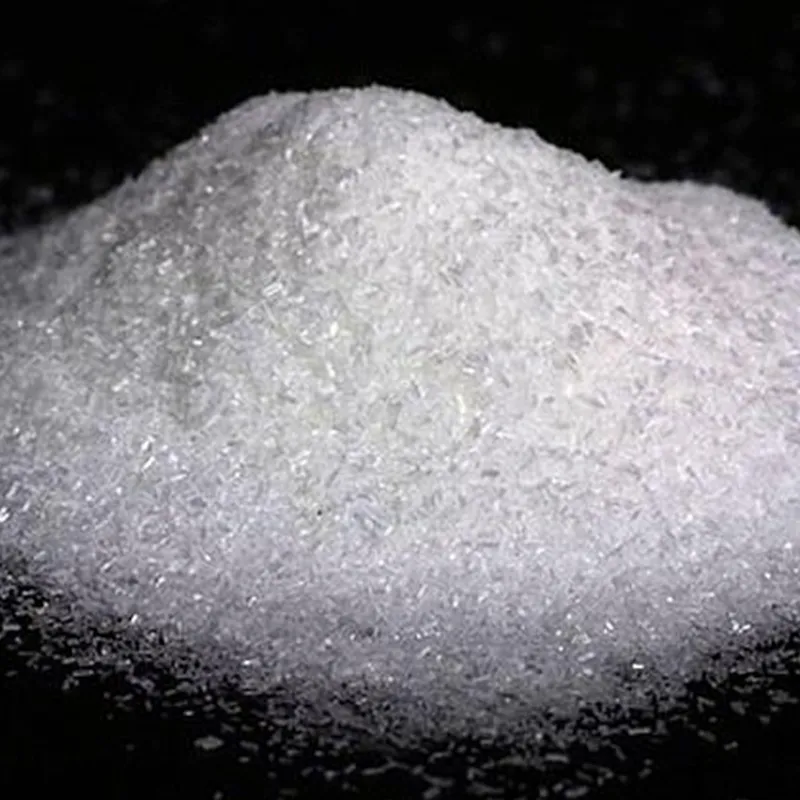
Formic Acid Dissolution and Behavior in Aqueous Solutions Analysis
Formic Acid in Water Properties, Uses, and Environmental Impact
Formic acid (chemical formula HCOOH) is the simplest carboxylic acid, primarily found in the bodies of ants and some plants. Due to its versatile properties, it has numerous applications in various industries, from agriculture to pharmaceuticals. When dissolved in water, formic acid exhibits distinct characteristics that facilitate its use in different contexts.
Properties of Formic Acid in Aqueous Solution
When formic acid is introduced into water, it partially ionizes to form formate ions (HCOO⁻) and hydronium ions (H₃O⁺). This dissociation leads to a decrease in pH, which can make the solution acidic. As a result, the pH of a formic acid solution typically ranges from 2 to 3, depending on its concentration. The high solubility of formic acid in water, attributed to its polar structure, allows it to form hydrogen bonds with water molecules, increasing its efficacy in various applications.
Applications of Formic Acid
1. Agriculture Formic acid is widely used as a preservative in livestock feed and as a silage additive. Its antibacterial properties help in preventing spoilage and maintaining the nutritional quality of animal feeds. Furthermore, it serves as a pesticide, particularly against pests in agricultural settings.
2. Textile Industry In the textile industry, formic acid is used for dyeing and finishing processes. Its ability to penetrate fabrics aids in the fixation of dyes, ensuring vibrant and lasting colors. Additionally, it acts as a pH regulator during these processes.
formic acid in water

3. Leather Production The leather industry benefits from formic acid in tanning processes, where it helps maintain the pH balance of the process, ensuring better quality and durability of the leather produced.
4. Chemical Synthesis Formic acid is an essential building block in organic chemistry and is involved in various chemical reactions, including esterification and carbonylation. It is also used as a reducing agent in synthetic processes, making it valuable for producing pharmaceuticals and other chemicals.
Environmental Concerns and Safety Measures
While formic acid has a wide array of applications, it is essential to consider its environmental impact. When released into water bodies, formic acid can lower the water's pH, potentially harming aquatic life. The acid can cause stress to fish and other organisms, leading to disruptions in ecosystems. As a result, regulations are in place to monitor and mitigate the release of formic acid into the environment.
In terms of safety, formic acid is classified as a skin and eye irritant. Therefore, handling it requires precautions such as wearing appropriate protective gear, including gloves and goggles. Proper storage and disposal methods are also critical in preventing accidental exposure and environmental contamination.
Conclusion
Formic acid's high solubility in water and its diverse applications make it a valuable chemical in various industries. However, the potential environmental impact and safety concerns associated with its use necessitate careful management. Understanding the properties and behaviors of formic acid in aqueous solutions enables industries to utilize this compound effectively while minimizing risks to human health and the environment. As industries continue to innovate and adapt, the responsible use of formic acid will remain a crucial aspect of sustainable practices.
-
Nitrile Rubber Honoring Strict Production StandardsNewsAug.22,2025
-
Aspartame Ingredients Honoring Food Safety ValuesNewsAug.22,2025
-
Fertilizer for Balanced Plant NutritionNewsAug.22,2025
-
Cyanide Gold Processing with High Purity AdditivesNewsAug.22,2025
-
Formic Acid in Textile Dyeing ApplicationsNewsAug.22,2025
-
Aluminum Hydroxide Gel in Skincare ProductsNewsAug.22,2025
-
Regulatory Compliance for Global Mining Chemicals UseNewsAug.12,2025
Hebei Tenger Chemical Technology Co., Ltd. focuses on the chemical industry and is committed to the export service of chemical raw materials.
-

view more DiethanolisopropanolamineIn the ever-growing field of chemical solutions, diethanolisopropanolamine (DEIPA) stands out as a versatile and important compound. Due to its unique chemical structure and properties, DEIPA is of interest to various industries including construction, personal care, and agriculture. -

view more TriisopropanolamineTriisopropanolamine (TIPA) alkanol amine substance, is a kind of alcohol amine compound with amino and alcohol hydroxyl, and because of its molecules contains both amino and hydroxyl. -

view more Tetramethyl Thiuram DisulfideTetramethyl thiuram disulfide, also known as TMTD, is a white to light-yellow powder with a distinct sulfur-like odor. It is soluble in organic solvents such as benzene, acetone, and ethyl acetate, making it highly versatile for use in different formulations. TMTD is known for its excellent vulcanization acceleration properties, which makes it a key ingredient in the production of rubber products. Additionally, it acts as an effective fungicide and bactericide, making it valuable in agricultural applications. Its high purity and stability ensure consistent performance, making it a preferred choice for manufacturers across various industries.





